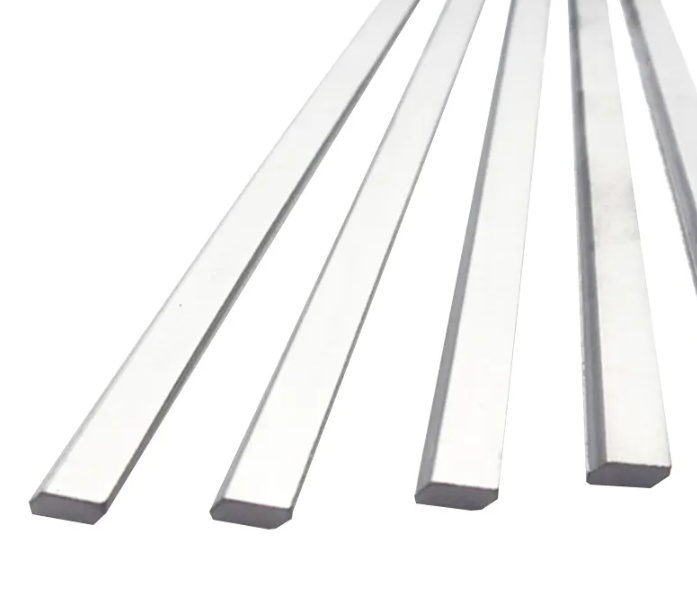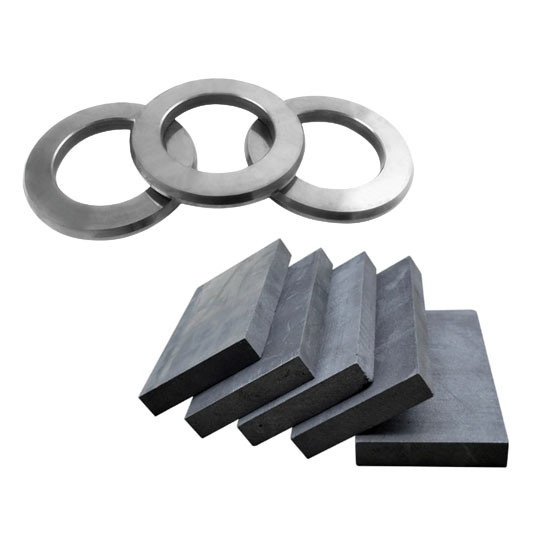자동차 산업에서 탄화물의 중요성
탄화물 는 현대 자동차 제조의 판도를 바꾸고 있습니다. 가볍고 내구성이 뛰어나며 내마모성이 강한 소재에 대한 수요가 증가함에 따라 자동차 제조업체들은 점점 더 카바이드 기반 부품으로 눈을 돌리고 있습니다. 가공에 사용되는 절삭 공구의 수명을 늘리거나 차량 부품의 성능을 향상시키는 등 카바이드는 자동차를 더욱 효율적이고 견고하게 만드는 데 중요한 역할을 합니다.
최신 차량에는 고온, 극심한 마찰, 무거운 하중을 견딜 수 있는 소재가 필요합니다. 탄화물, 특히 텅스텐, 티타늄 및 실리콘 기반 소재는 이러한 엄격한 조건을 충족하도록 맞춤 제작되어 주요 부품의 마모를 최소화하고 서비스 수명을 연장합니다.
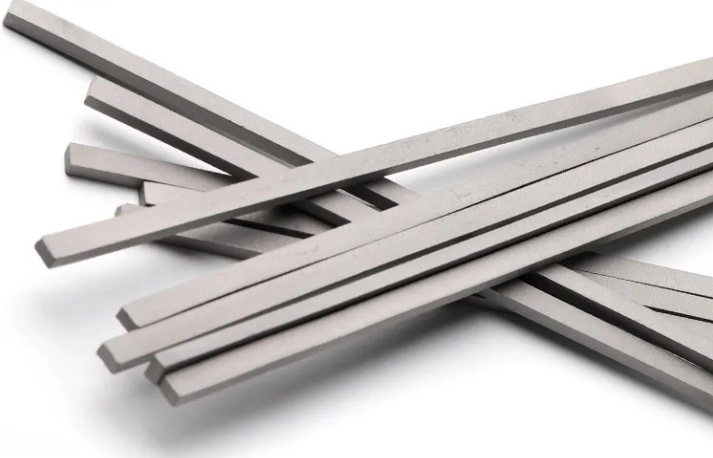
자동차 제조업체가 점점 더 많이 사용하는 이유 탄화물?
자동차 부문에서 카바이드 소재로의 전환은 단순한 트렌드가 아니라 필수입니다. 전기 자동차(EV), 하이브리드 기술 및 연비 규정이 발전함에 따라 제조업체는 더 강력하고 내열성이 뛰어난 소재를 필요로 합니다. 카바이드가 제공합니다:
- 뛰어난 경도 - 강철보다 훨씬 단단해 자동차 공구와 부품의 수명을 향상시킵니다.
- 높은 내마모성 - 마찰이 발생하는 부품에 이상적이며 교체 빈도를 줄여줍니다.
- 내열성 - 특히 내연기관 및 전기차 파워트레인 등 고온 애플리케이션에 적합합니다.
- 효율성 향상 - 카바이드는 가공 정밀도를 향상시켜 재료 낭비와 생산 비용을 줄여줍니다.
자동차 제조업체는 카바이드 기반 부품을 채택함으로써 수명이 길고 성능이 우수하며 유지보수가 덜 필요한 고성능 차량을 개발할 수 있습니다.
탄화물이란 무엇인가요? 정의 및 주요 구성 요소
탄화물은 탄소와 금속 원소, 일반적으로 텅스텐(WC), 티타늄(TiC) 또는 실리콘(SiC)으로 구성된 화합물입니다. 이러한 재료는 다음과 같은 특징이 있습니다. 탁월한 경도, 강도 및 내마모성. 자동차 부문에서 가장 일반적으로 사용되는 탄화물은 다음과 같습니다:
- 텅스텐 카바이드(WC) - 매우 단단하며 절삭 공구, 마모 부품 및 고성능 코팅에 사용됩니다.
- 티타늄 카바이드(TiC) - 항공우주 및 자동차 부품에 자주 사용되는 강도와 내열성으로 잘 알려져 있습니다.
- 실리콘 카바이드(SiC) - 열 전도성이 뛰어나 EV 인버터 및 반도체에 이상적입니다.
이러한 소재와 코발트 또는 니켈과 같은 바인더의 조합으로 카바이드 기반 제품은 극한의 조건에서도 탁월한 내구성을 보장합니다.
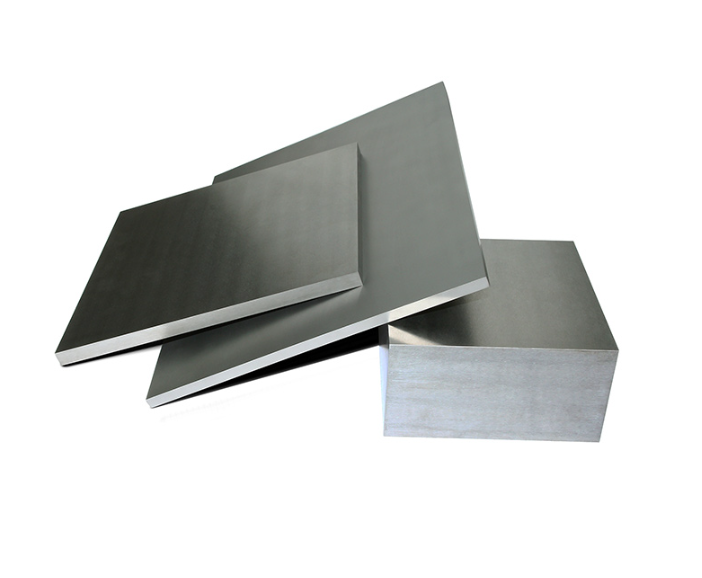
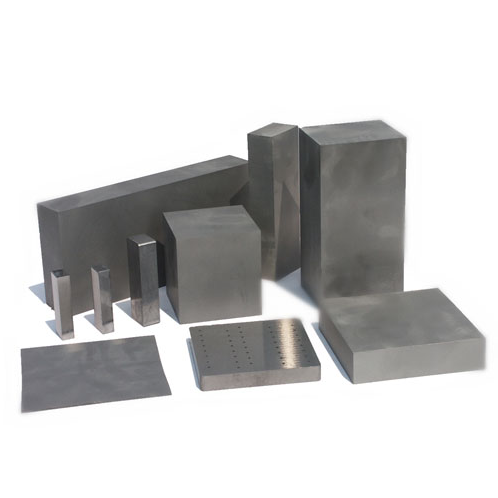
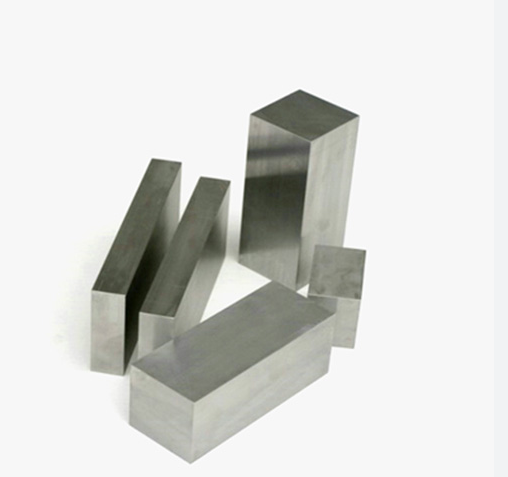
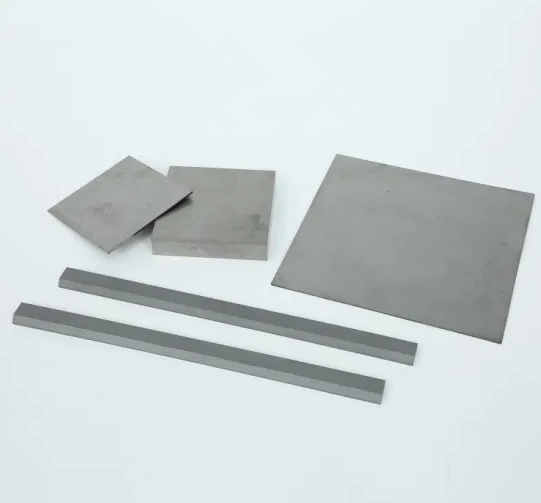
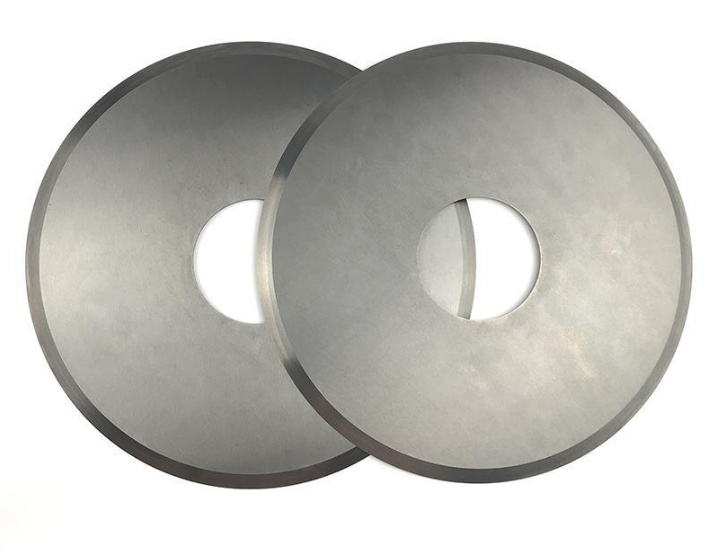

주요 애플리케이션 자동차의 카바이드 산업
| 애플리케이션 | 설명 |
|---|---|
| 절삭 공구 및 가공 | 카바이드 팁 공구는 자동차 부품을 정밀하게 밀링, 드릴링 및 절단하는 데 사용됩니다. |
| 금형 및 금형 | 카바이드 금형은 차량 제조에서 스탬핑 및 성형 공정의 내구성을 향상시킵니다. |
| 엔진 구성 요소 | 실리콘 카바이드 부품은 연소실과 배기 시스템의 내열성을 향상시킵니다. |
| 브레이크 시스템 | 텅스텐 카바이드 코팅은 고성능 제동 시스템에서 내마모성을 높입니다. |
| 서스펜션 시스템 | 카바이드 강화 부품은 충격 흡수 장치와 서스펜션 암의 수명을 연장합니다. |
| 베어링 및 씰 | 카바이드 기반 베어링은 회전하는 부품의 마찰을 줄이고 효율성을 개선합니다. |
| 전력 전자 | 실리콘 카바이드는 EV 인버터에 매우 중요하며 전력 효율과 열 관리를 향상시킵니다. |
자동차 제조에서 카바이드 사용의 이점
| 이점 | 자동차 산업에 대한 혜택 |
|---|---|
| 극한의 경도 | 도구와 구성 요소의 수명과 내구성을 보장합니다. |
| 내마모성 | 부품을 자주 교체할 필요가 줄어듭니다. |
| 내열성 | 엔진 및 EV 전력 시스템과 같은 고온 애플리케이션에 이상적입니다. |
| 정밀도 및 정확성 | 가공 공정을 개선하여 차량 부품 품질을 향상시킵니다. |
| 경량 성능 | 차량 무게를 줄여 연비를 개선하는 데 도움이 됩니다. |
| 내식성 | 열악한 환경에 노출된 부품의 수명을 연장합니다. |
향후 트렌드 자동차의 카바이드 산업
자동차 산업은 카바이드 소재의 채택이 증가하면서 변화를 겪고 있습니다. 미래를 형성하는 몇 가지 트렌드를 소개합니다:
- 전기 자동차(EV)의 확장 - 실리콘 카바이드는 배터리 효율과 충전 속도를 개선하여 전력 전자장치에 혁신을 일으키고 있습니다.
- 고급 코팅 - 새로운 초경 코팅은 마모를 줄이고 부품 수명을 늘립니다.
- 3D 프린팅 및 적층 제조 - 카바이드 기반 분말은 맞춤형 자동차 부품의 최첨단 제조 기술에 사용되고 있습니다.
- 지속 가능성 및 재활용 - 환경에 미치는 영향을 줄이기 위해 텅스텐 및 기타 카바이드 소재를 재활용하기 위한 노력을 기울이고 있습니다.
이러한 혁신으로 인해 카바이드는 차세대 자동차에 없어서는 안 될 소재가 되었습니다.

자주 묻는 질문
| 질문 | 답변 |
|---|---|
| 자동차 산업에서 초경봉은 어떤 용도로 사용되나요? | 초경봉은 고정밀 드릴링, 밀링 및 절삭 작업에 사용되어 뛰어난 내마모성을 보장합니다. |
| 드릴링에 일반 강철 대신 텅스텐 카바이드를 선택하는 이유는 무엇입니까? | 텅스텐 카바이드는 극한의 경도, 내열성, 내구성을 갖추고 있어 자동차 가공에 이상적입니다. |
| 카바이드는 드릴링 효율성을 어떻게 향상시킬까요? | 카바이드 공구는 날카로움을 오래 유지하여 공구 마모를 줄이고 금속 가공의 정밀도를 높입니다. |
| 초경봉을 수동 및 CNC 가공에 모두 사용할 수 있습니까? | 예, 카바이드 봉은 수동 및 자동 CNC 가공에 모두 적합하며 일관된 성능을 제공합니다. |
| 카바이드 봉은 환경 친화적입니까? | 많은 카바이드 막대가 재활용 재료로 만들어져 환경에 미치는 영향을 줄입니다. |

